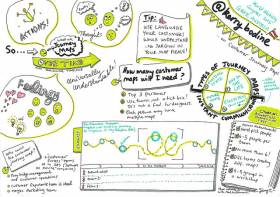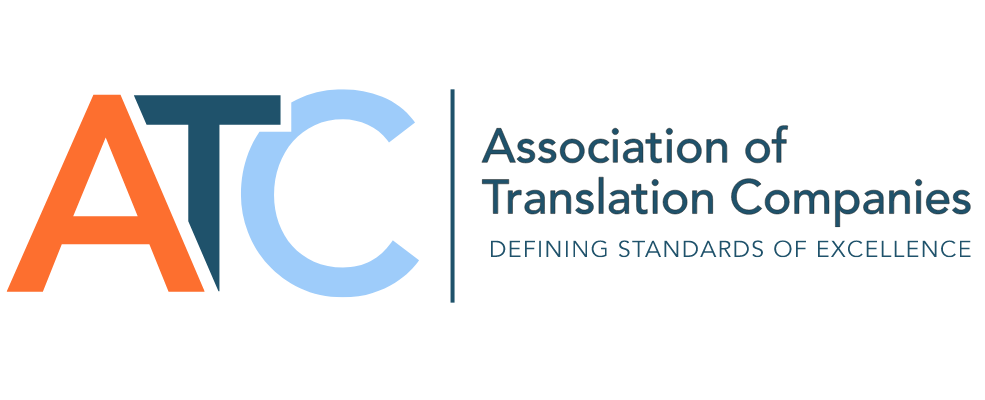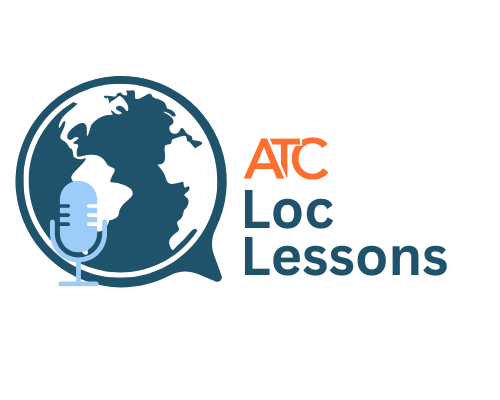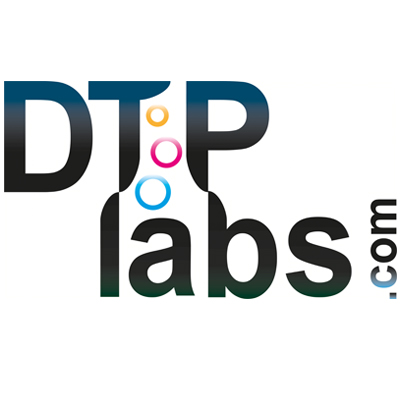ATC Loc Lessons Podcast Down-to-earth conversations with industry voices on the trends shaping translation, localisation…

In a crowded marketplace, LSPs and translation agencies can struggle to create a USP that will generate leads, convert sales and help the brand evolve.
Adopting a customer-centric approach for your business can offer invaluable insights into your customers, helping to highlight your USP and securing future growth.
Understanding how a customer interacts with your company, the brand, staff, newsletters, etc and how they feel about it, every step of the way, is something taught by proponents of the Customer Experience school of thought (or CX as its more commonly known).
Through examining every possible and potential interaction with a customer, (whether new or established), CX teaches proactivity in trying to connect with people on an emotional level, to organically drive their decision to buy with you. It is an approach very much favoured by some of the big players in the world of commerce including Adobe, who believe it is helping them stay relevant and prepared for the future.
Not every LSP of course is able to adopt a CX approach similar to the likes of Adobe due to obvious factors such as lack of time, knowledge and/or resources. However, one thing that every single LSP should try to do is Customer Journey Mapping (CJM).
CJM is a powerful tool with the potential to transform your business.
Customer Journey Mapping. How Does It Work?
In essence, CJM is a team exercise, a tool and a visual aid that illustrates and captures each and every ‘touchpoint’ a customer has with your company.
It brings a team and all stakeholders together in one place to cover what, where, how, why and when customers come into touch with the company. What do they do at each point? What are their motivations, reservations and options at each point? What are the range of possible emotions and where are the gaps that exist in the current journey or experience? This helps identify opportunities to improve that experience, improve certain touchpoints or innovate functions.
Working as a company to explore your customers’ journeys helps you take a step back, assess what you are doing in a joined-up manner and address opportunities across all functions.
There are different ways and formats when it comes to running a CJM workshop or exercise. There is plenty of guidance available online; however a lot of it is very basic and offers only simple tips. Save yourself the time and start with the CX Toolkit from Oracle which also comes with free materials and instructions on how to run your own workshop [which of course you can adapt].
What’s Essential in Customer Journey Mapping?
Firstly, identify what you are hoping to accomplish. Are you looking to fix current issues and challenges within the business? Or are you looking to embellish and improve upon them? Identify a gap in the translation market? Or fixing a block in your sales pipeline?
Secondly, make sure everyone in the company is involved – no matter how little you believe the impact of their role to be. Even employees behind the scenes impact the customers’ journey. Bringing everyone together is good for teamwork, morale and illustrating to certain parts of the company how they impact the customer experience.
Thirdly, be specific when examining a journey. If you sell more than one product, don’t try and approach all of them in one go. It is important to look at each service or department or product in its own light. Your customers will surely have differing needs, no matter how slight, which should be identified and capitalised upon.
Fourthly, decide on certain customer types you want to explore. Are they new customers? Old clients? Are you hoping to win some back? Consider focusing on your top 20 or so clients initially before broadening the scope as this will really solidify a shared understanding of your company’s USP, goals and values.
Fifthly, validate your findings. Remember it is going to be hard to think like the customer so many of your conclusions may be based on assumptions. Involving clients and having their input will really help avoid making poor decisions based on limited points of view.
What’s the Potential of Customer Journey Mapping?
In terms of the potential offer by CJM, there are many benefits it has to offer, from improving intra-team communication to shaping marketing campaigns. Each company will experience different benefits dependent on their intentions.
Here are some of the key benefits most experience:
New Ideas
Exploring and understanding your customers, their experiences, feelings and motivations will help generate new ideas about your brand, services or products. Getting everyone together to talk about creating the best experience possible for your customers will lead to innovation across the board in terms of how to present the company, engage with clients and improve services.
Streamlined Procedures
If anything comes from CJM at the very least it is helping to identify snags and issues for your customers in terms of the procedures they have to go through to get a translation. From filling in forms on your website, to receiving quotes, to how they get their translations, all are scrutinised in one process as opposed to independently which helps identify where and how to save time, reduce burdens or simply make it a better experience.
Customer Loyalty
Providing a great customer experience organically results in customer loyalty and longer-term relationships. Think about the tea or coffee brand you always drink – why? There is something about that experience that takes you back again and again. Through CJM you learn how to make happy customers who will want to stay loyal to your brand.
Neil Payne started his career as an English teacher in the Middle East before attempting and failing to become a freelance Turkish to English translator. The failure led to him setting up a successful translation agency which he ran for 12 years before leaving the industry. He now runs a cross-cultural training company and spends far too much time in the greenhouse.
Image from Flickr.



